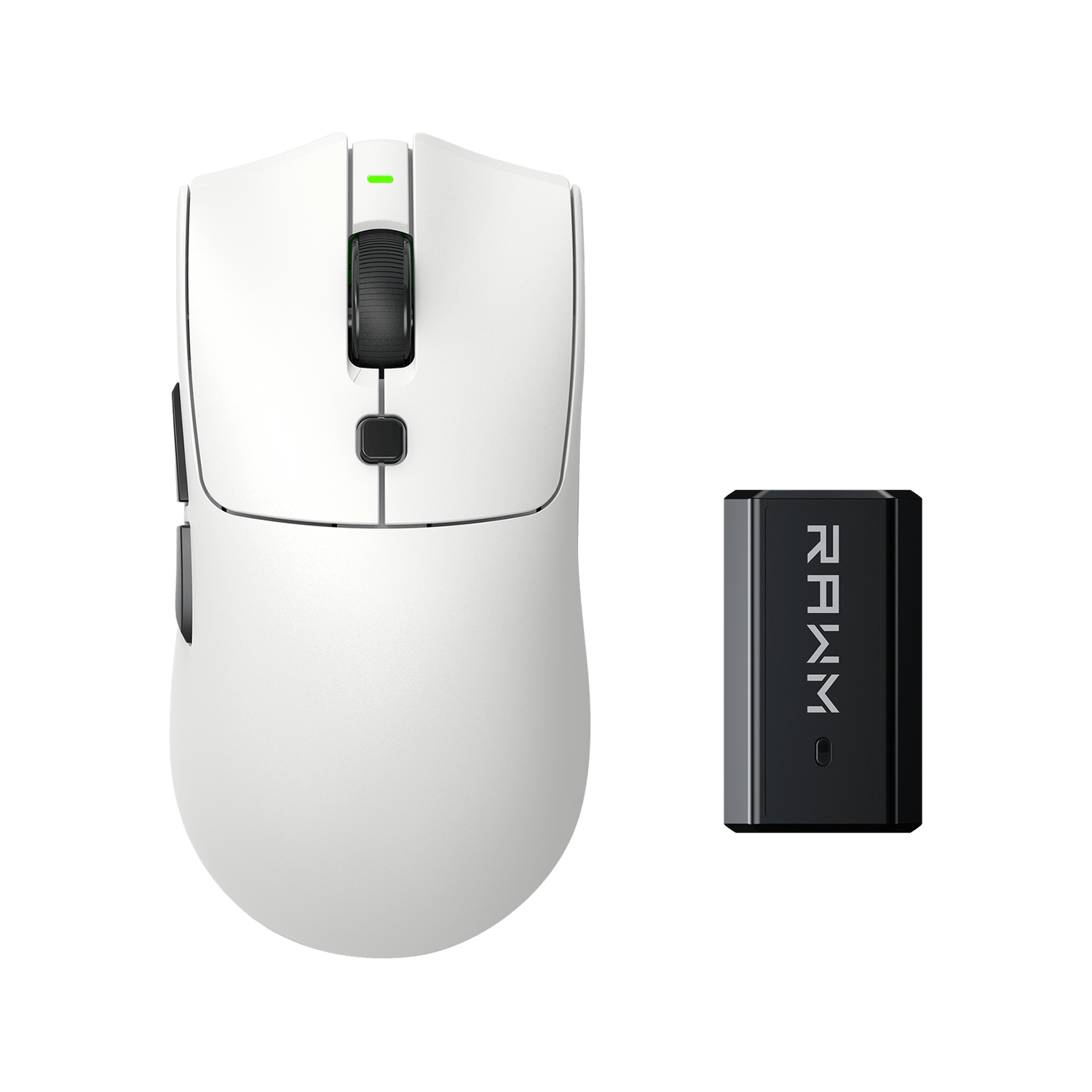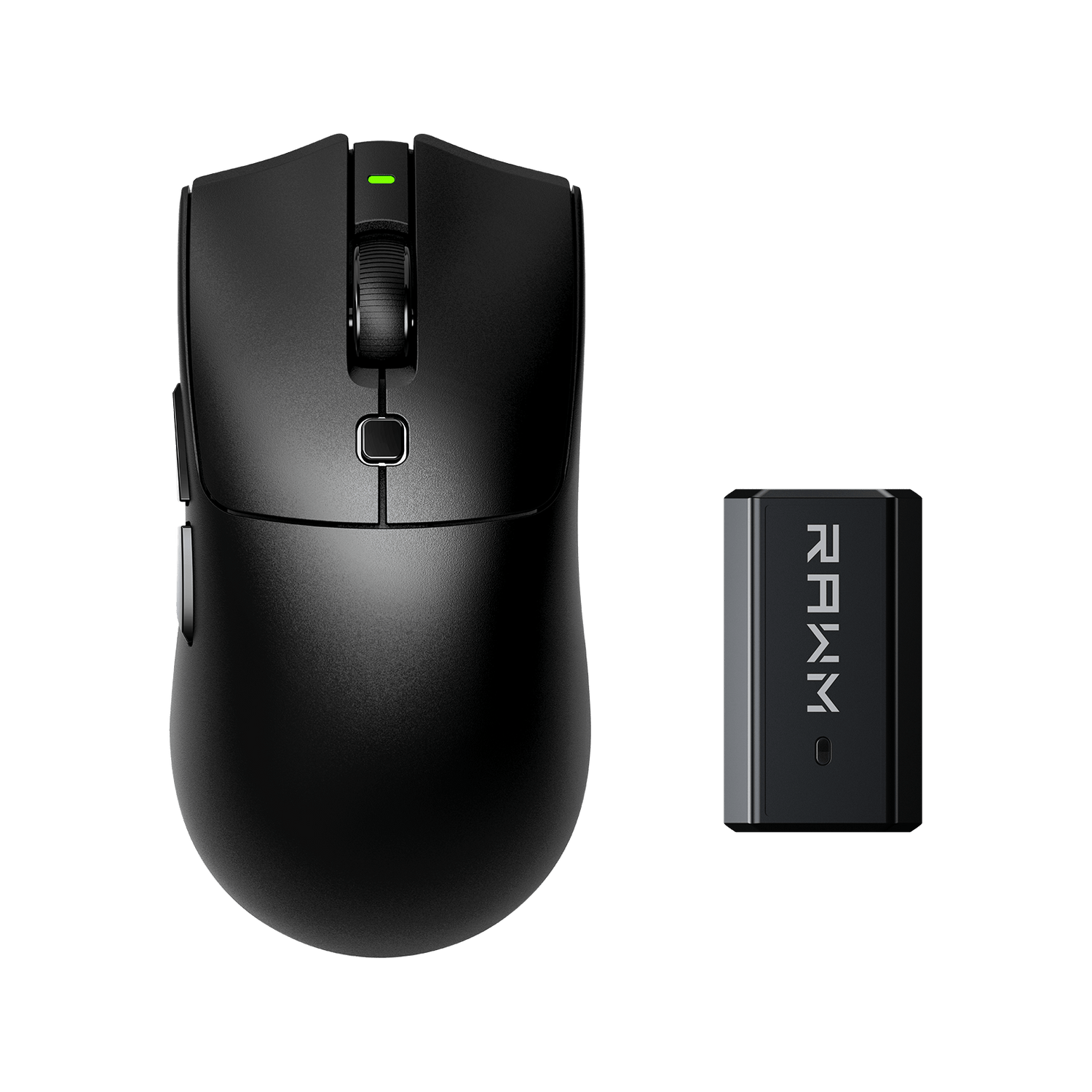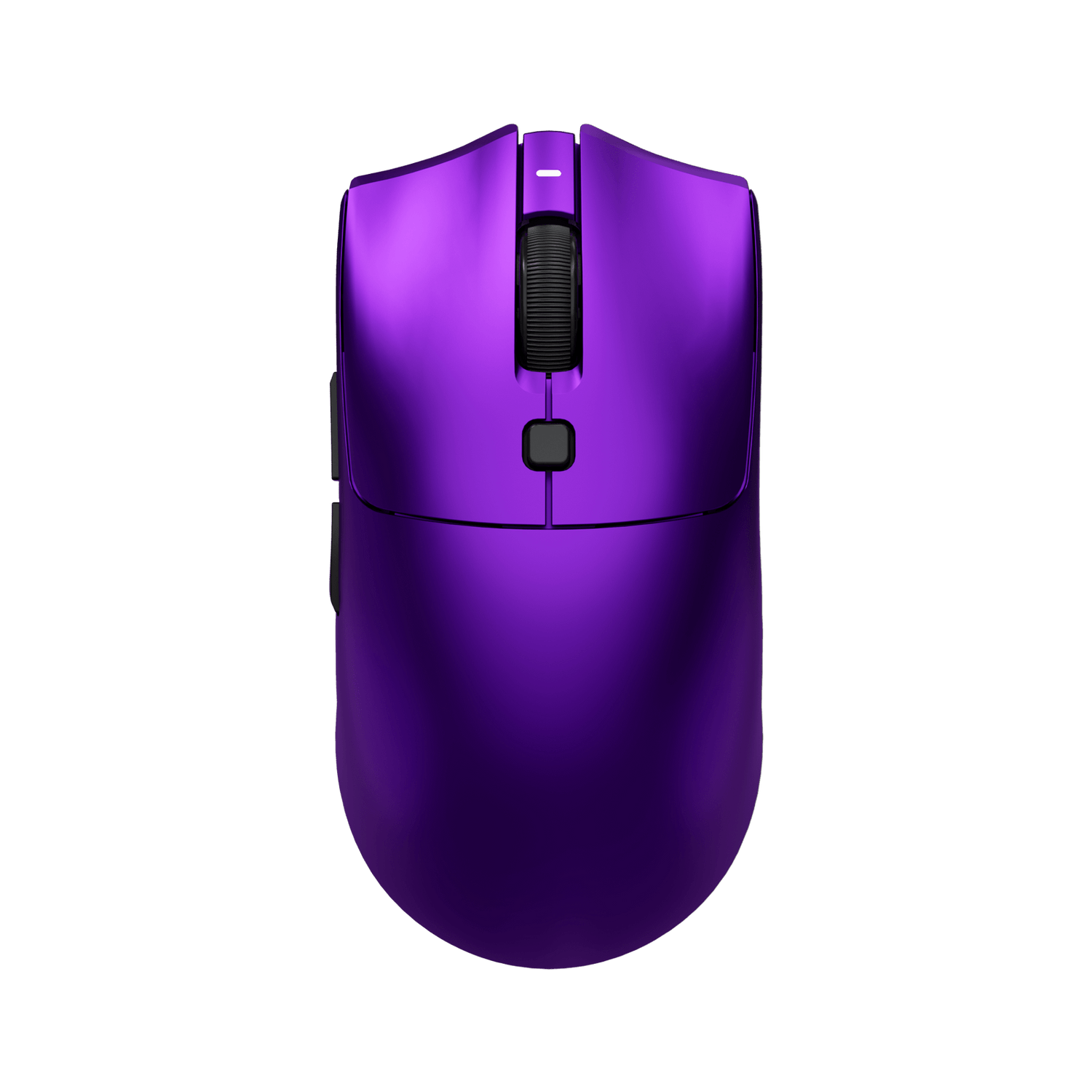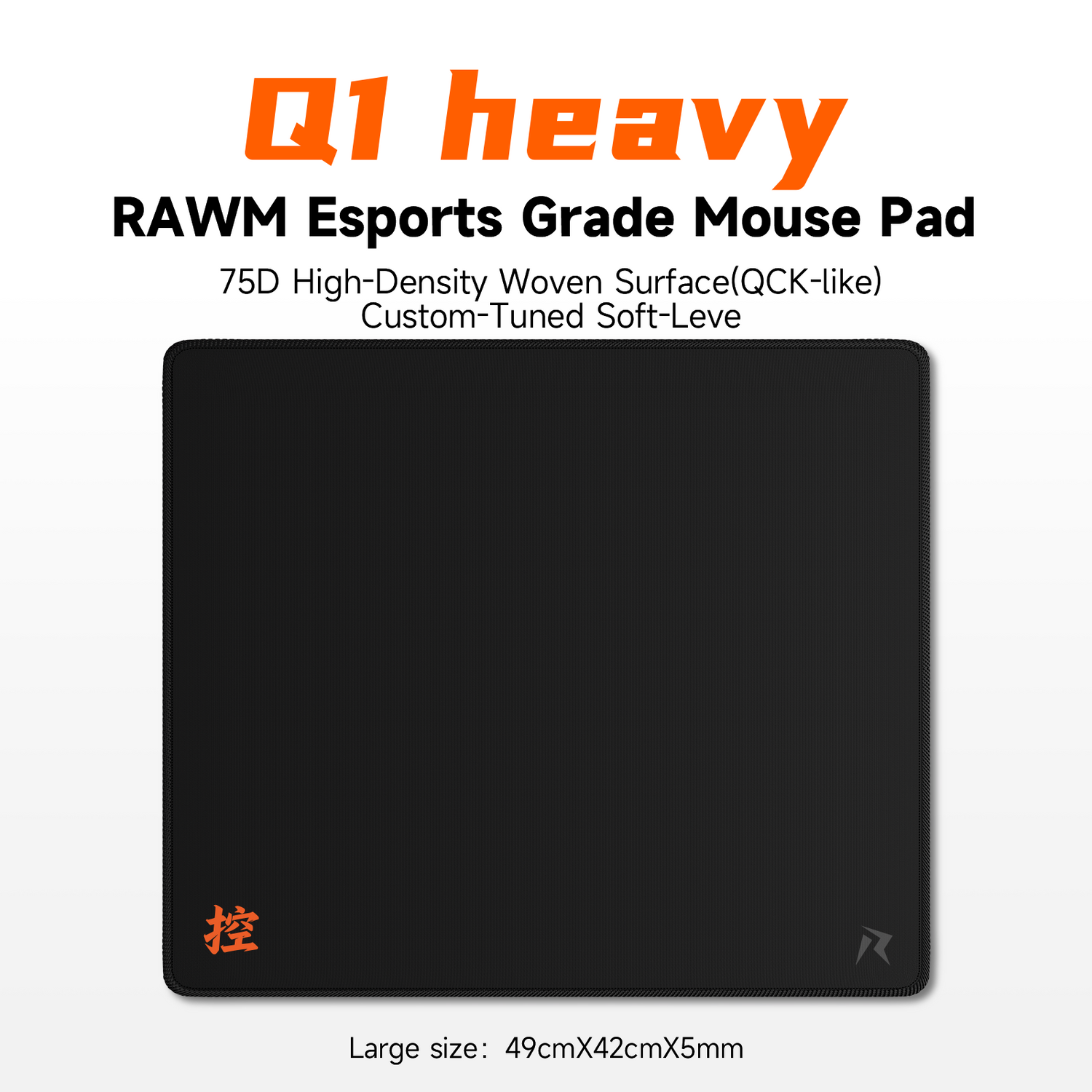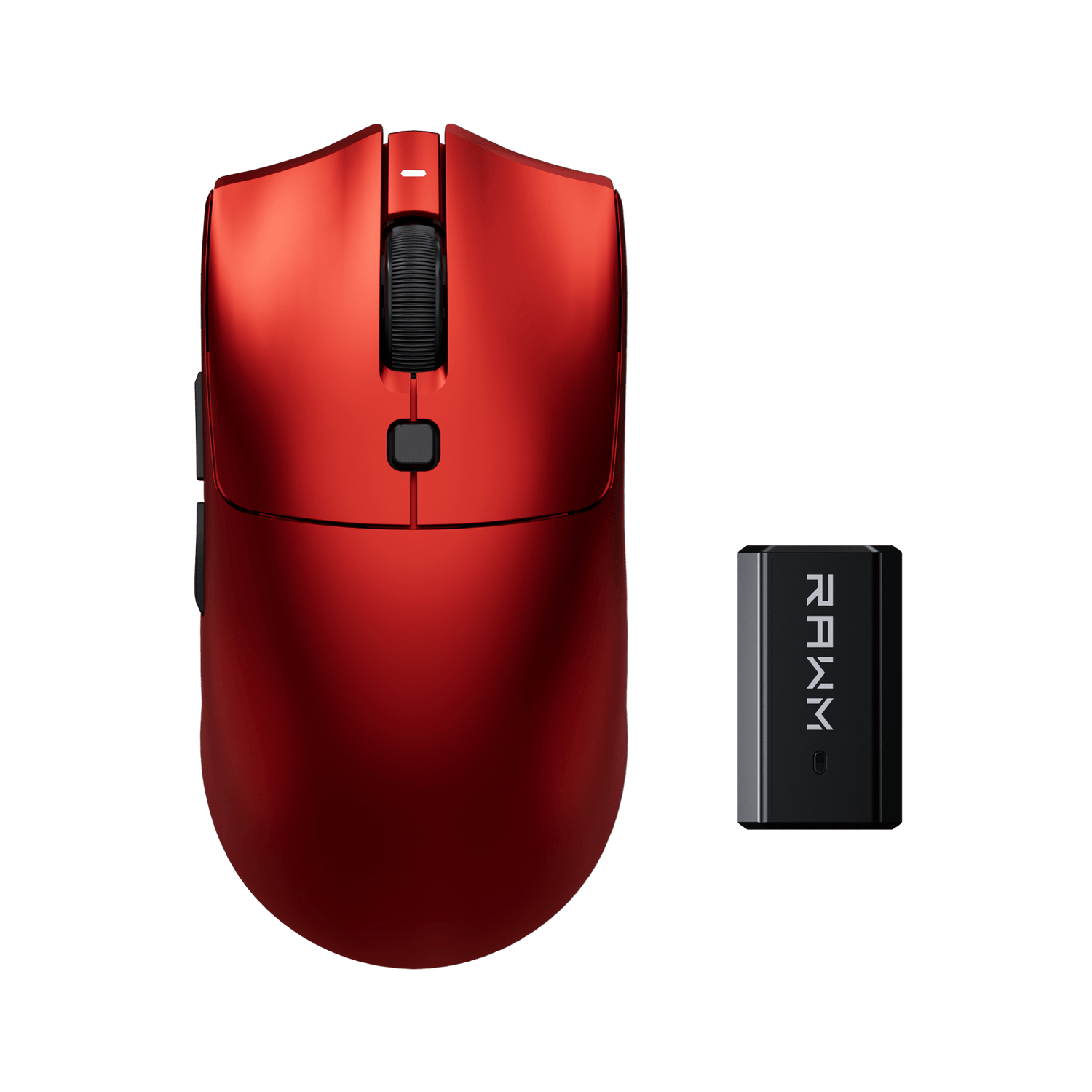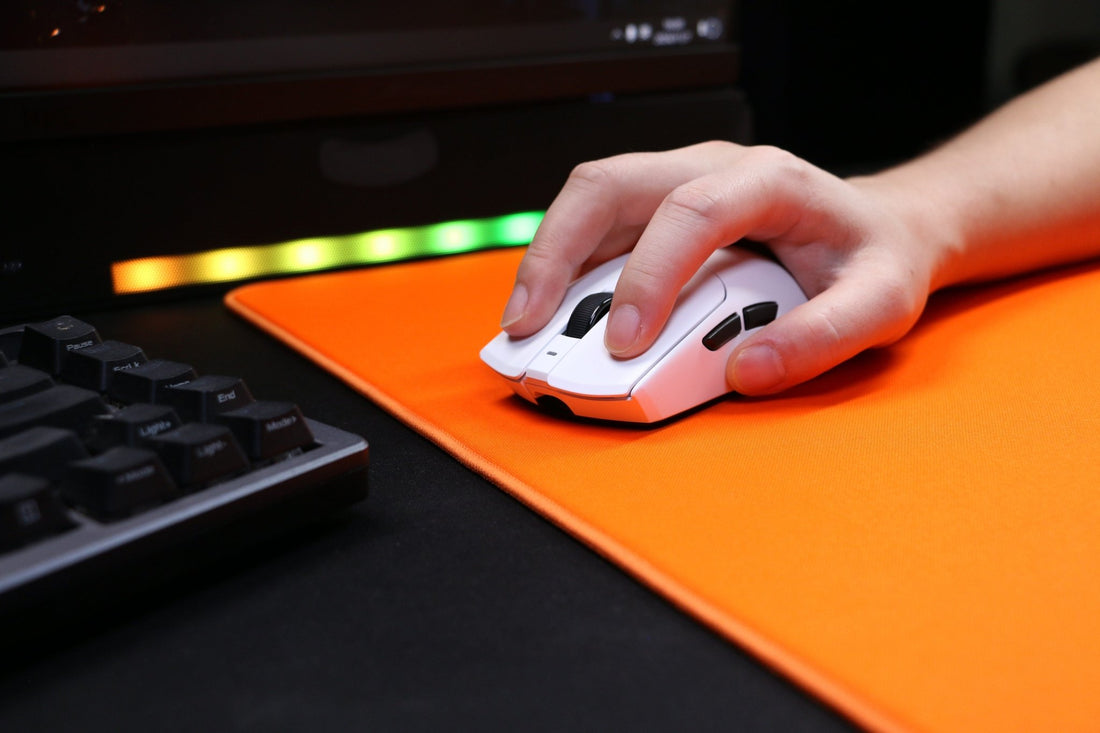
What is sensor jitter for gaming mouse?
01 What Exactly Is Sensor Jitter in Gaming Mouse
02 Why Sensor Jitter in Gaming Mouse Affects Gameplay
03 Causes of Sensor Jitter in Gaming Mouse
04 How to Test for Sensor Jitter in Gaming Mouse
05 How to Reduce Sensor Jitter in Gaming Mouse
06 Sensor Jitter vs Other Gaming Mouse Issues
07 Choosing the Right Mouse to Avoid Sensor Jitter
08 Future of Sensor Technology in Gaming Mice
When shopping for a high-performance gaming mouse, you’ll likely come across terms like DPI, polling rate, and latency. But one factor often overlooked is sensor jitter in gaming mouse performance. Jitter refers to small, unintentional tracking errors caused by the sensor when the mouse is moved. Even if you glide the mouse smoothly across your mousepad, the cursor may appear shaky or inconsistent on-screen.
For competitive players, sensor jitter in gaming mouse tracking can mean the difference between hitting a perfect headshot and missing entirely. Unlike adjustable specs such as DPI, jitter is a hardware and software issue that directly affects precision. That’s why understanding jitter—and how to minimize it—is essential for every gamer.
In this article, we’ll explain what sensor jitter in gaming mouse means, how it impacts gameplay, why it happens, and what to look for when choosing a jitter-free mouse.
01 What Exactly Is Sensor Jitter in Gaming Mouse
Sensor jitter in gaming mouse devices refers to small deviations in cursor movement caused by the sensor misinterpreting surface details. Instead of producing a smooth tracking line, the sensor outputs tiny random spikes or shakes.
This issue becomes visible when:
-
You move the mouse slowly across the screen.
-
You attempt precise aiming in FPS games.
-
You draw a straight line in paint software and see distortions.
In short, jitter is like “noise” in the tracking signal, disrupting smooth accuracy.
02 Why Sensor Jitter in Gaming Mouse Affects Gameplay
For casual users, jitter may go unnoticed. But for gamers, especially in competitive FPS or MOBA titles, sensor jitter in gaming mouse performance has major consequences:
-
Reduced Accuracy: Impossible to hold crosshairs steady.
-
Missed Shots: A small shake can mean missing critical headshots.
-
Inconsistent Tracking: Harder to maintain smooth flick shots.
-
Player Fatigue: Constant overcompensation stresses your hand.
Even the fastest DPI settings can’t overcome jitter. If the sensor isn’t stable, performance suffers.
03 Causes of Sensor Jitter in Gaming Mouse
Several factors can contribute to sensor jitter in gaming mouse devices:
| Cause | Description | Example |
|---|---|---|
| Low-Quality Sensors | Cheap sensors misinterpret surface patterns | Budget office mice |
| High DPI Settings | Exaggerates small tracking errors | Above 10,000 DPI |
| Poor Surface | Reflective or uneven mousepads confuse sensors | Glass, glossy pads |
| Firmware Issues | Inconsistent software algorithms | Unoptimized drivers |
| Dust/Debris | Dirt near the lens interferes with accuracy | Accumulated dust particles |
This table shows that jitter is not just a hardware issue—it can also stem from settings and environment.
04 How to Test for Sensor Jitter in Gaming Mouse
Gamers can quickly test whether their device suffers from sensor jitter in gaming mouse performance:
-
Open a drawing program (like Paint).
-
Set mouse DPI to mid-range (1600–3200).
-
Draw slow, straight diagonal lines.
-
Observe the lines: are they smooth, or jagged?
If the lines show spikes or irregularities, your mouse likely has jitter. Some reviewers also use specialized software and mouse testing tools for more precise measurements.
05 How to Reduce Sensor Jitter in Gaming Mouse
Thankfully, there are ways to minimize sensor jitter in gaming mouse devices:
-
Lower DPI: Most sensors are more stable at mid-range DPI.
-
Use Quality Surfaces: Cloth mousepads improve consistency.
-
Clean Sensor Regularly: Dust near the lens often causes jitter.
-
Update Firmware: Manufacturers release patches to improve tracking.
-
Choose a Better Sensor: Top-tier optical sensors (like PixArt 3395) have minimal jitter.
By addressing these areas, gamers can significantly improve mouse accuracy.
06 Sensor Jitter vs Other Gaming Mouse Issues
Sometimes jitter is confused with other sensor problems. Here’s how sensor jitter in gaming mouse compares:
| Issue | Description | Impact |
|---|---|---|
| Jitter | Random small shakes during movement | Reduced accuracy |
| Angle Snapping | Sensor predicts and straightens lines | Artificially alters aim |
| Acceleration | Speed affects cursor travel distance | Inconsistent muscle memory |
| Lift-Off Distance | Cursor moves when mouse is lifted | Unwanted motion |
Knowing the difference ensures gamers can correctly identify the issue.
07 Choosing the Right Mouse to Avoid Sensor Jitter
When buying your next gaming mouse, consider these features to reduce sensor jitter in gaming mouse tracking:
-
High-quality optical sensor (PixArt 3360/3370/3395).
-
Stable DPI range (400–3200 DPI for most FPS players).
-
Well-tested firmware with minimal prediction.
-
Matched mousepad surface for reliable tracking.
Esports professionals almost always choose mice with proven sensors and minimal jitter over flashy specs.
08 Future of Sensor Technology in Gaming Mice
The industry is evolving beyond raw DPI numbers. Manufacturers now focus on eliminating sensor jitter in gaming mouse performance through:
-
Advanced motion sync technologies.
-
AI-driven tracking stabilization.
-
Sensor-lens redesign for consistent accuracy.
-
Cross-compatibility with various surfaces.
This shows that precision and smoothness are becoming more important than exaggerated DPI marketing claims.
Why Sensor Jitter in Gaming Mouse Matters
Sensor jitter in gaming mouse performance is one of the most overlooked factors that affect accuracy, consistency, and overall gaming experience. Specs like DPI and polling rate are adjustable, but jitter reflects the true quality of a sensor. For gamers who value precision, reducing jitter should be a top priority.
Next time you shop for a new mouse, don’t just look at the numbers—pay attention to the sensor jitter in gaming mouse tracking quality. The difference will be clear the moment you line up your crosshairs.
👉 What about you—have you ever noticed sensor jitter in gaming mouse performance during gameplay, and how did you deal with it?
>>See also Why does shape matter more than specs for gaming mouse? >>>>>




